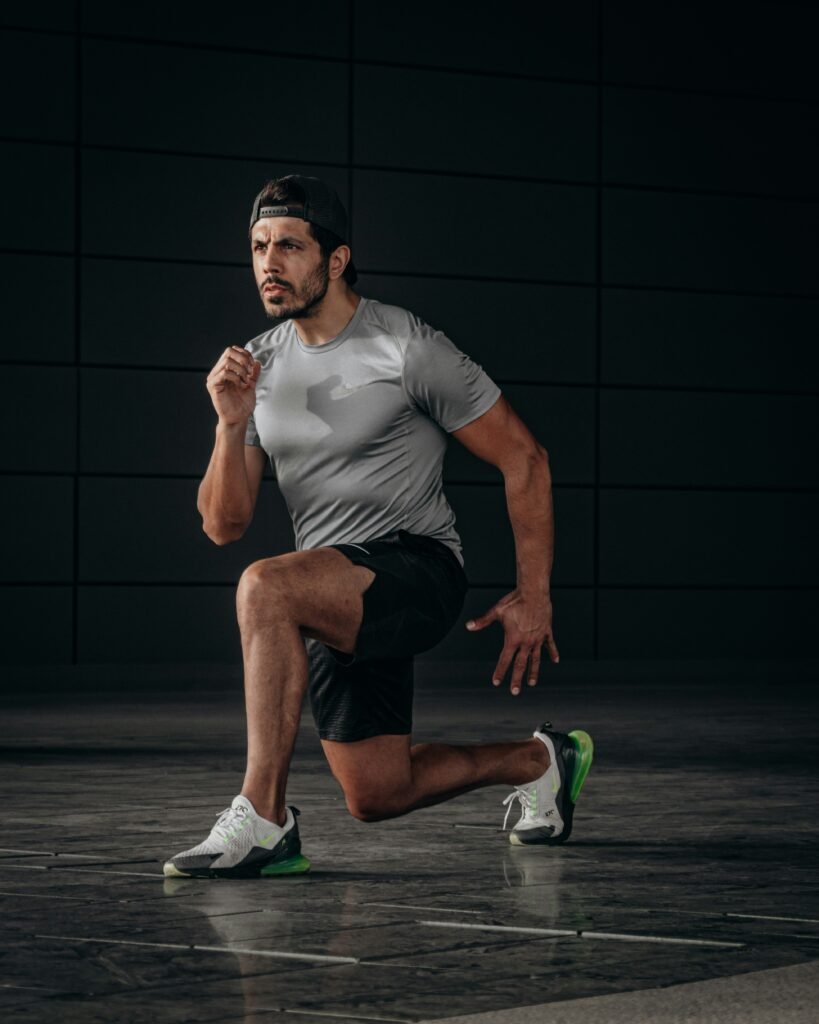Have you ever wondered what the key components of physical fitness are? Understanding these components can help you tailor your workout routine to ensure you are covering all the important bases. In this article, we will break down the 5 components of physical fitness that you should know to help you achieve your fitness goals.

Cardiovascular Endurance
Cardiovascular endurance is the ability of your heart and lungs to supply oxygen-rich blood to the working muscles during sustained physical activity. This component is essential for activities such as running, cycling, swimming, and any other exercise that requires you to sustain a steady pace for an extended period of time. Improving your cardiovascular endurance can help increase your stamina and reduce the risk of heart disease.
How to Improve Cardiovascular Endurance
To improve your cardiovascular endurance, incorporate activities such as running, cycling, swimming, or aerobics into your regular workout routine. Start with shorter sessions at a moderate intensity and gradually increase the duration and intensity as your fitness level improves.
Muscular Strength
Muscular strength refers to the amount of force your muscles can exert against resistance. It is essential for activities such as lifting weights, carrying groceries, or performing daily tasks that require muscle power. Increasing your muscular strength can help improve your overall performance in both sports and daily activities.
How to Improve Muscular Strength
To improve your muscular strength, incorporate strength training exercises such as weight lifting, bodyweight exercises, or resistance band workouts into your routine. Focus on working different muscle groups on separate days to allow for proper rest and recovery. Gradually increase the weight or resistance as you get stronger to continue challenging your muscles.

Muscular Endurance
Muscular endurance is the ability of your muscles to perform repetitive contractions over an extended period of time. This component is essential for activities such as hiking, cycling, or rowing that require you to sustain muscle contractions for an extended duration. Improving your muscular endurance can help delay muscle fatigue and improve your overall performance in endurance activities.
How to Improve Muscular Endurance
To improve your muscular endurance, incorporate exercises that involve multiple repetitions, such as bodyweight exercises, circuit training, or high-repetition weight lifting. Focus on proper form and technique to ensure you are engaging the correct muscles and prevent injury. Gradually increase the number of repetitions or duration of exercise to challenge your muscles and improve endurance.
Flexibility
Flexibility refers to the range of motion in your joints and muscles. It is essential for maintaining good posture, preventing injuries, and improving overall mobility. Improving your flexibility can help increase your athletic performance, reduce muscle stiffness, and improve your overall quality of life.
How to Improve Flexibility
To improve your flexibility, incorporate stretching exercises such as yoga, Pilates, or static stretching into your regular routine. Focus on stretching all major muscle groups and hold each stretch for at least 15-30 seconds to allow the muscles to relax and lengthen. Avoid bouncing or jerking movements during stretching to prevent injury and ensure you are stretching safely and effectively.

Body Composition
Body composition refers to the ratio of fat mass to lean mass in your body. It is a crucial component of physical fitness as it can affect your overall health and performance. Maintaining a healthy body composition can help reduce the risk of chronic diseases, improve physical performance, and enhance your overall well-being.
How to Improve Body Composition
To improve your body composition, focus on a combination of regular exercise and a balanced diet. Include a mix of cardiovascular exercise, strength training, and flexibility exercises in your routine to help burn fat, build muscle, and improve overall body composition. Pay attention to your calorie intake and make sure you are consuming a balanced diet rich in fruits, vegetables, lean proteins, and whole grains to support your fitness goals.
Incorporate these 5 components of physical fitness into your workout routine to help you achieve a well-rounded fitness level. By focusing on cardiovascular endurance, muscular strength, muscular endurance, flexibility, and body composition, you can improve your overall health, performance, and well-being. Remember to listen to your body, set realistic goals, and stay consistent with your fitness routine to see lasting results.